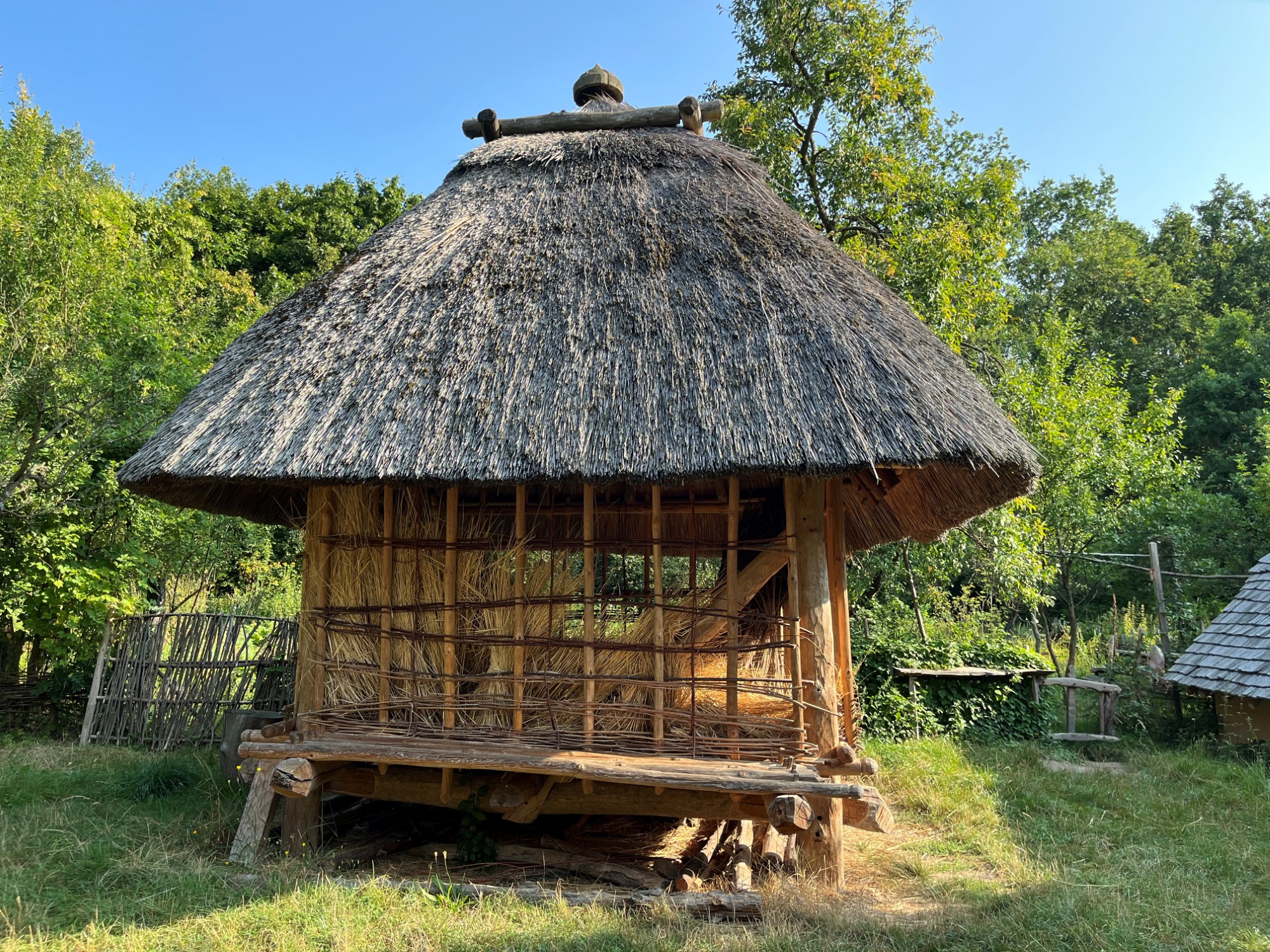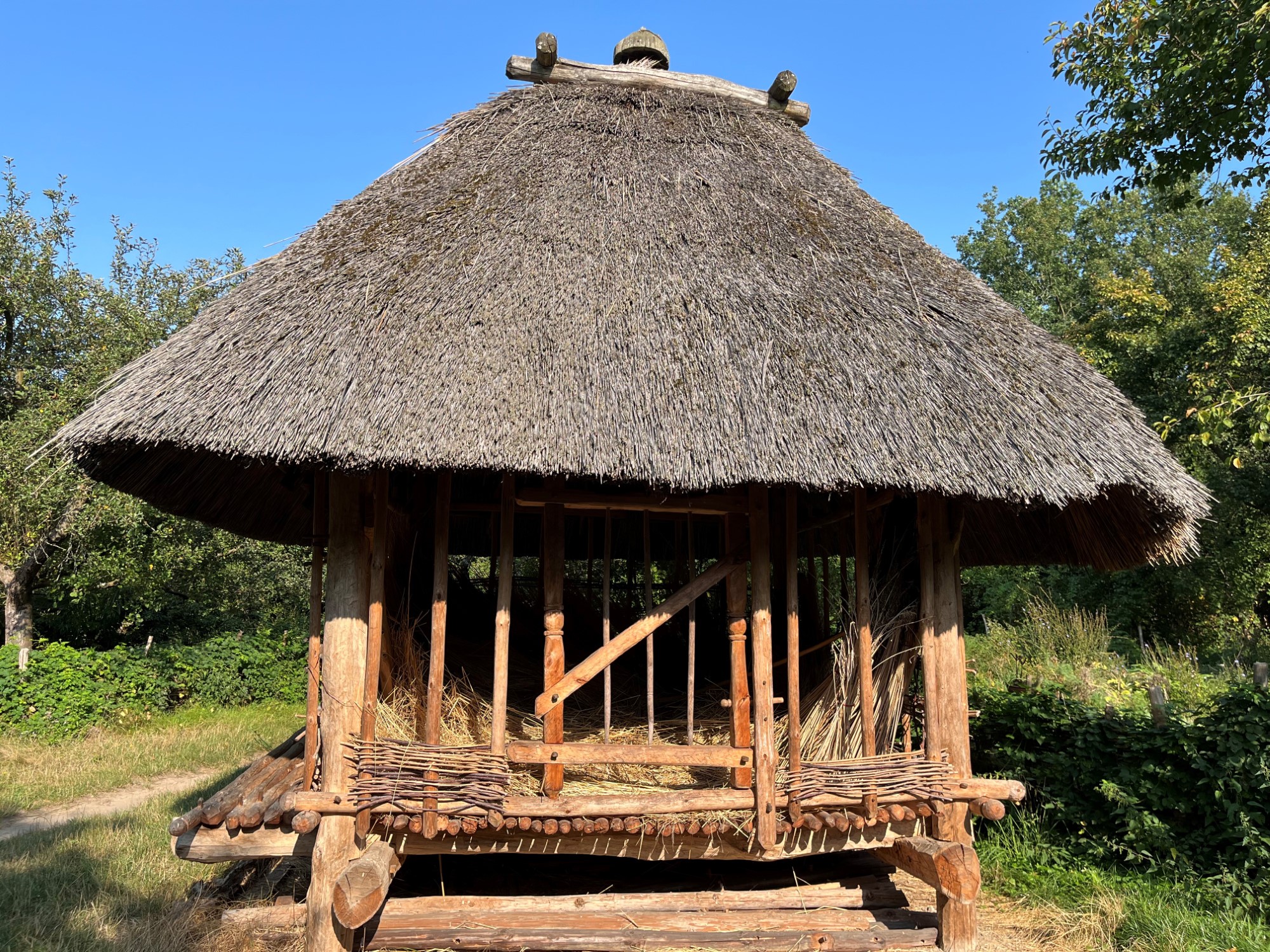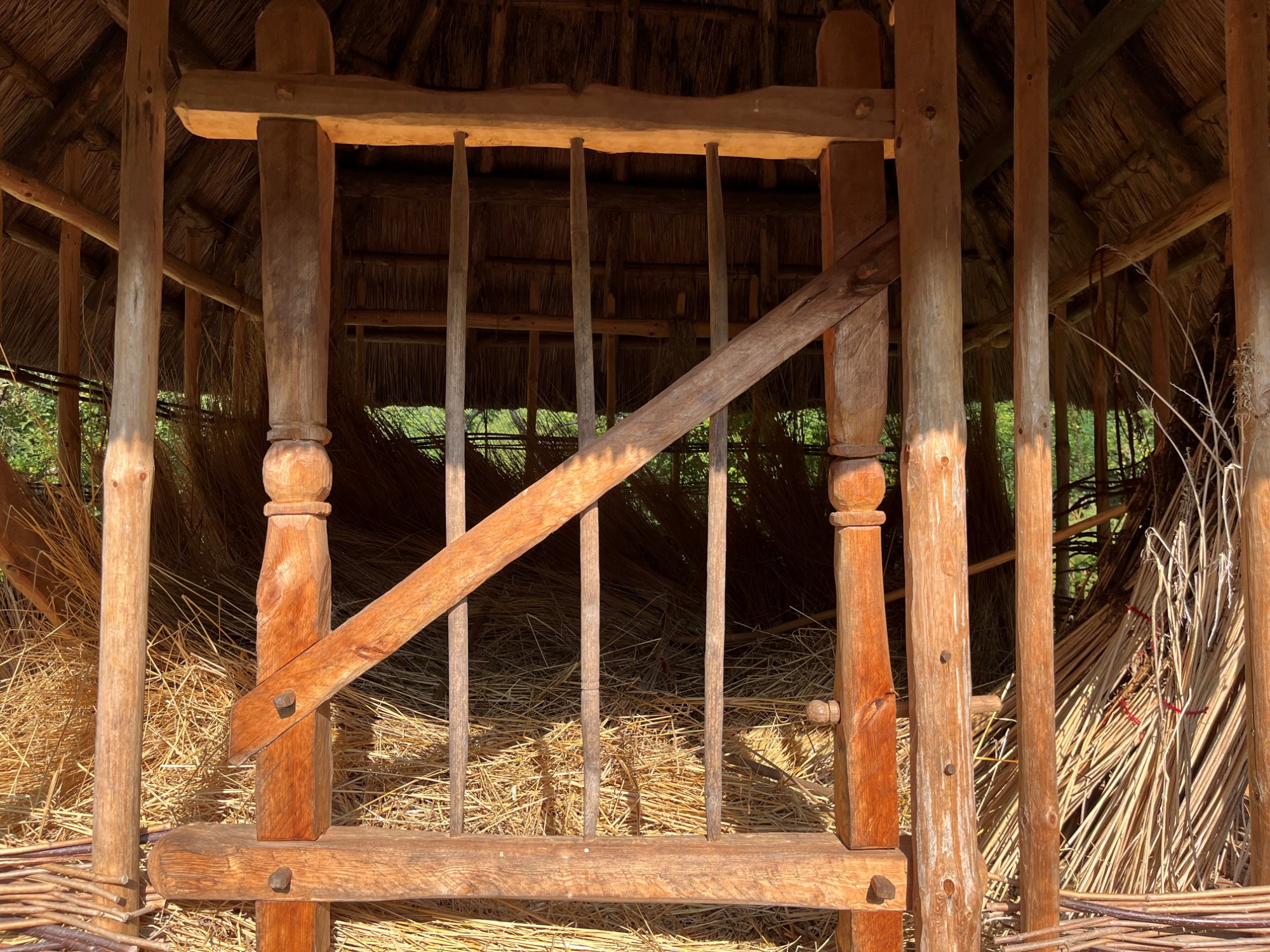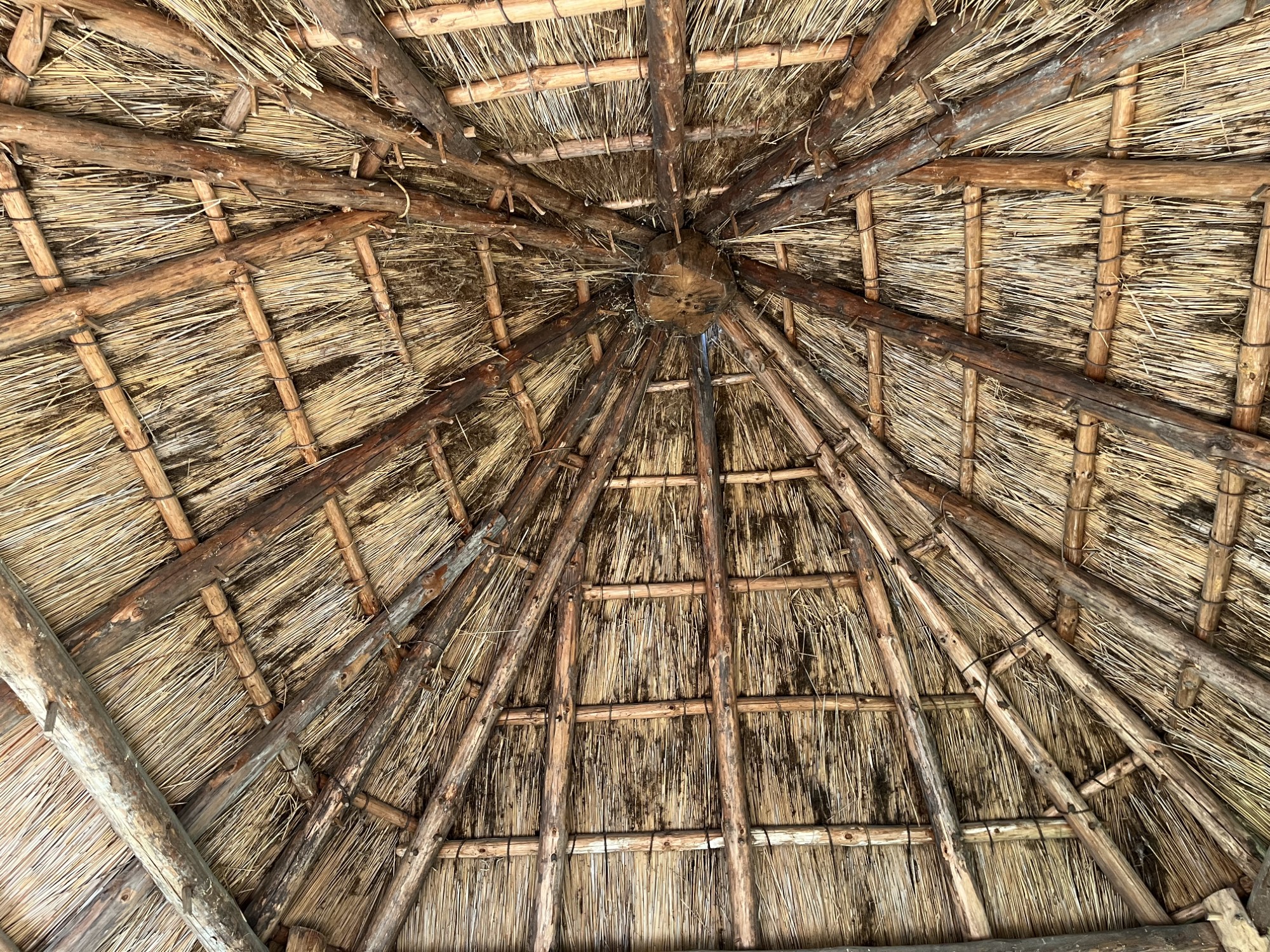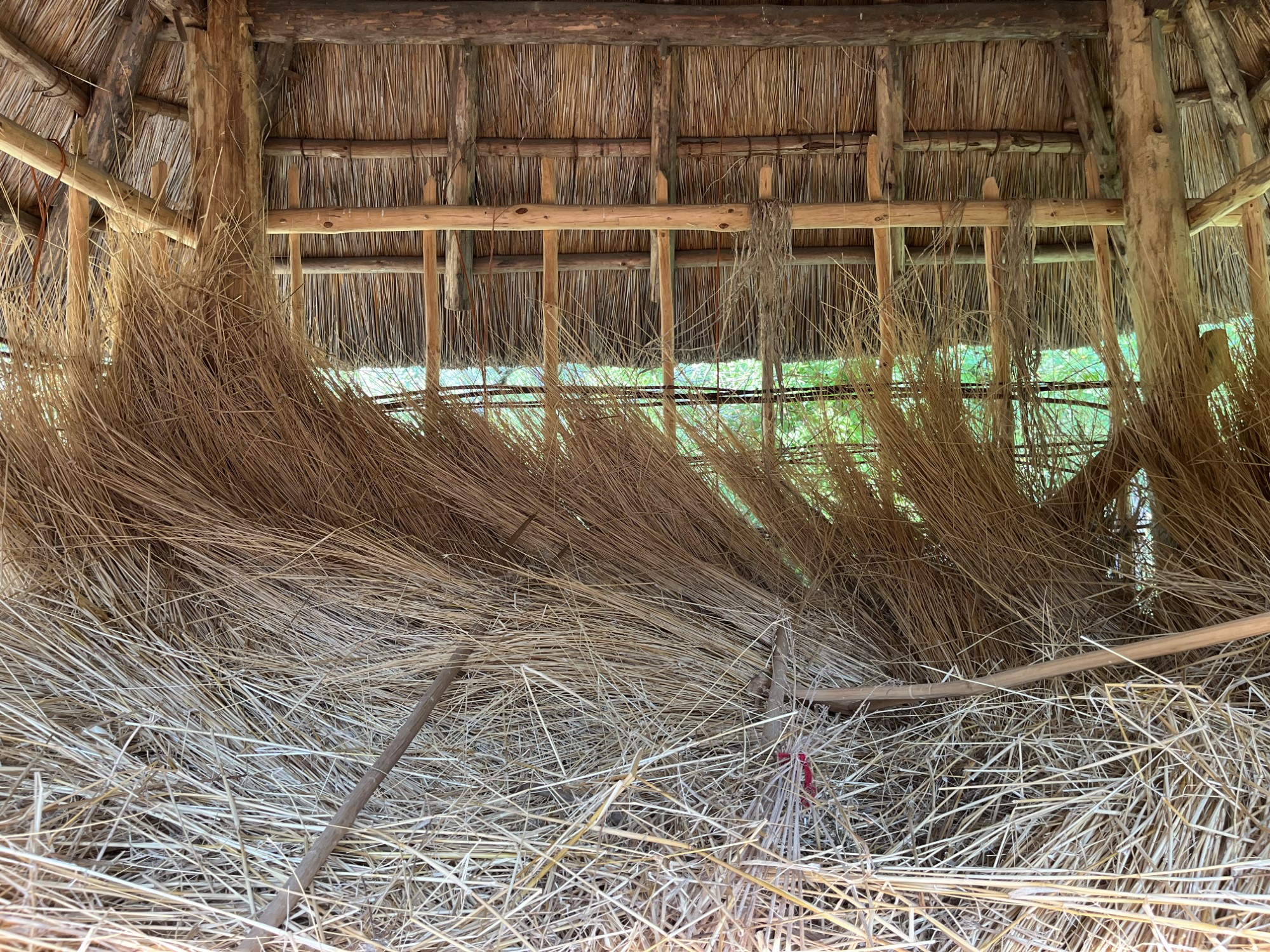Building 16
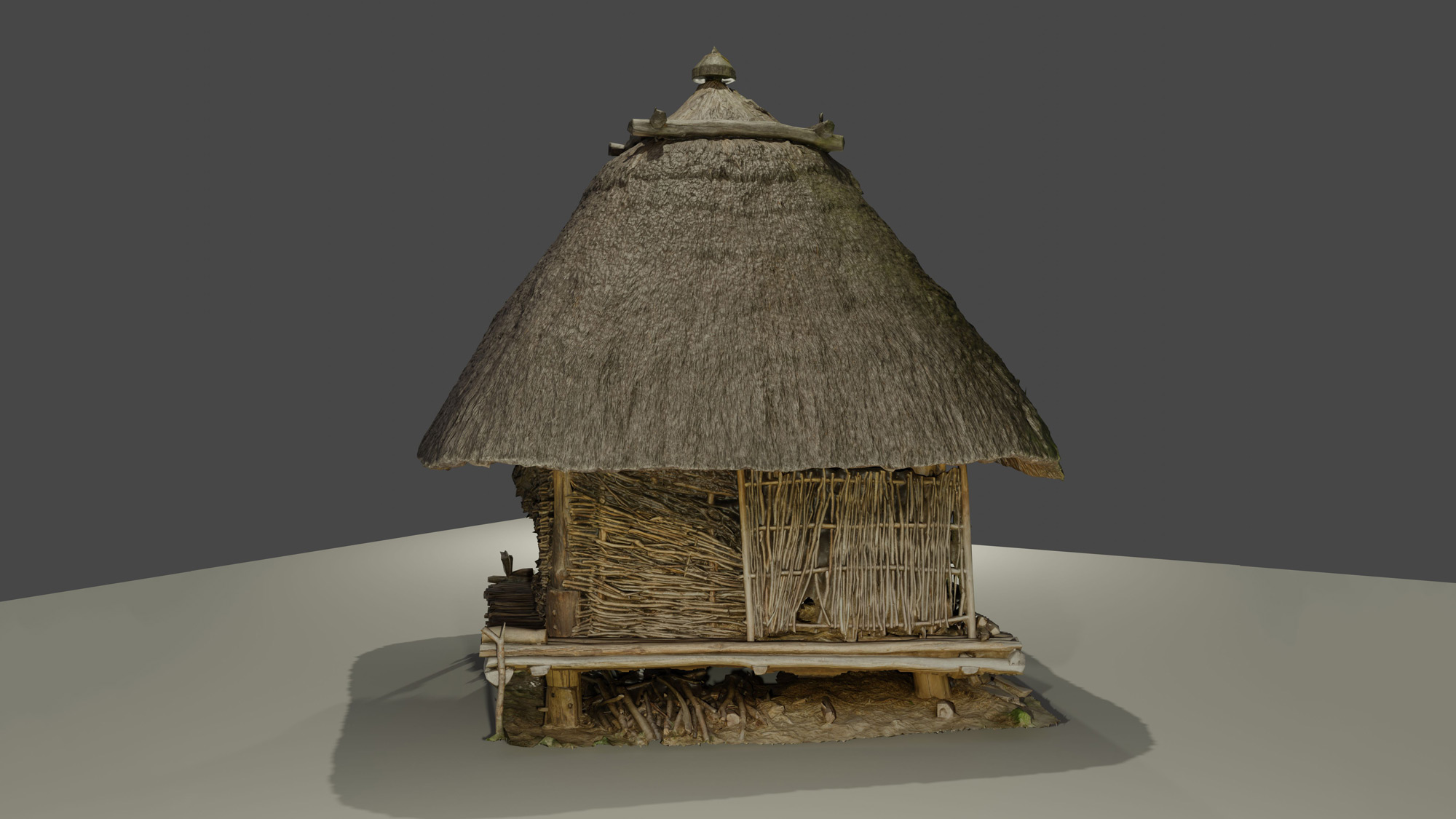
Name of the building in the museum in English: Building 16
Name of the building in local language (as used in the museum): Gebäude 16
Local Language: German
Type of building:
Reconstruction (a new building, based on either historical or archaeological sources but without using original substance)
Museum where the building is currently located:
Museumsdorf Düppel - Stiftung Stadtmuseum Berlin (DE)
Please select extra information below:
The original building or its remains: Source and Inhabitants
Source Material
Name of the location: Düppel (Krummes Fenn) | See Google Map below
Address: Clauertstr. 11 | Berlin, 14163 | Germany
Organisation responsible for in situ excavation:
Museum für Vor- und Frühgeschichte | Germany | Website
Name of the person responsible for the excavation: Adriaan von Müller
Role of the person documenting: Head archaeologist of excavation
When the excavation took place: 1967-1990
Source(s): Plan of the excavation (2.75 MB)
52.424727, 13.233816
Time and Inhabitants
The historical /archaeological time period of the original building is:
High Middle Ages
The original building date / date of first construction of the building is:
1200 AD
Is the information about the original building's owners / users / inhabitants known?
No
About the original building
The original building was:
Part of a settlement
If part of a settlement, what is the original building's environment:
Village
What was the name of the village?
Unknown
The original function of the (original) building was:
Non-residential
If the original building was non-residential, the primary type was:
Store
Has the building's function of use changed through its history?
Unknown
The building in the museum: Basic facts and Construction process
The importance
The reason to present this building in the museum is:
The building is a rare specimen of its type, The building was a piece in a larger important context, The building is important to the national or regional context
Please explain the rarity:
The reconstruction of the archaeological features is unique, as there is not another example of this exact reconstruction either at the Museums Village Düppel or in another open-air museum.
Please explain its importance in the larger context:
The reconstruction is part of a village assemblage, one of the research aims was to re-create the entire village. This is why the reconstruction is an integral part of the museum setting.
Please explain about its national or regional context:
The excavation the museum is based on was one of the first medieval settlements to be excavated in its entirety in the region.
The reconstructed building was build on the site of the archaeological feature:
Yes
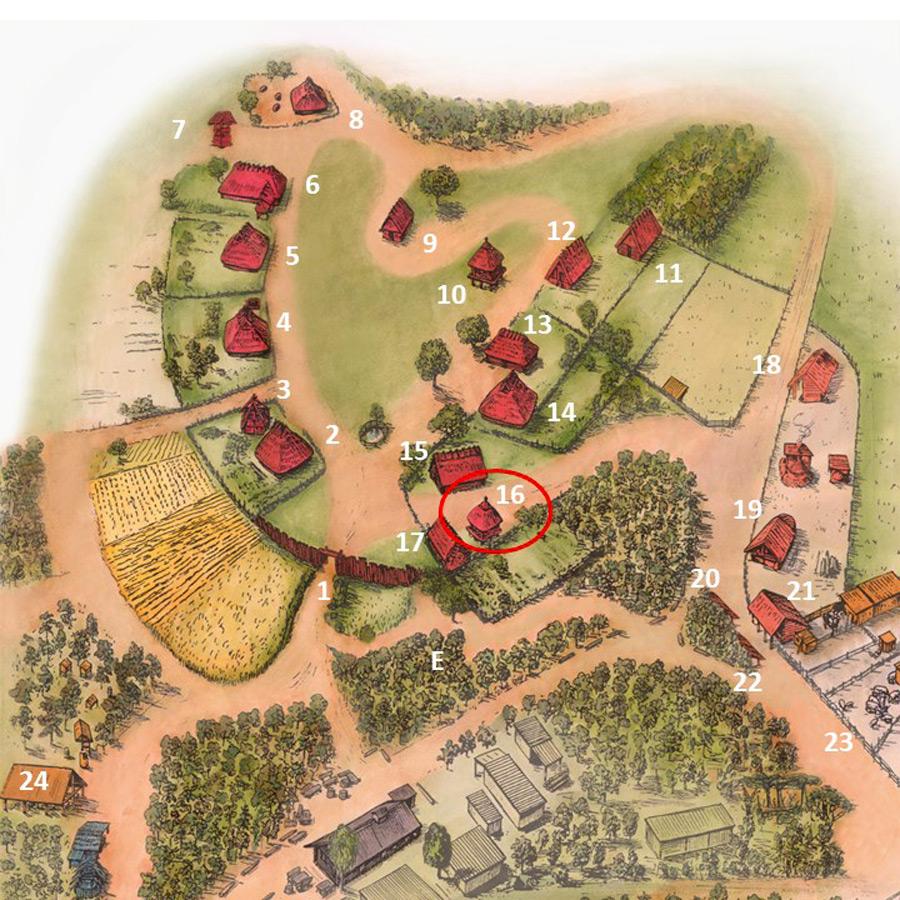
The location in the museum
Registration number / name / inventory number of the building: Building 16
Location in the museum: Village Square
The building in the museum is: Stand-alone
Documentation of the Construction Process
Is the organisation constructing / rebuilding the building in the museum a RETOLD partner:
No
Name of the organisation conducting the construction / rebuilding:
Förderverein Museumsdorf Düppel e.V. | Germany | Website
Name of the person responsible for construction:
Unknown
Role of the person within the organisation:
Unknown
Significant diversion
Is there a significant diversion in the construction from the original:
Yes
Please provide reasons for the changes:
As there were only some postholes and wall features remaining, most of the reconstruction is only a possible interpretation. There were no conscious deviations from the original.
Are materials, techniques or tools diverging from historical/archaeological accuracy?
Yes
Please provide reasons for the changes:
For some building processes modern tools were used due to financial and time constraints.


